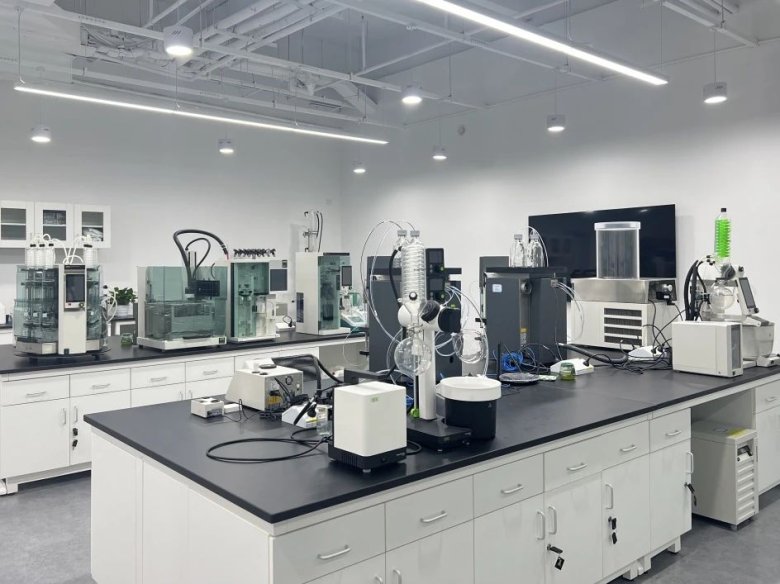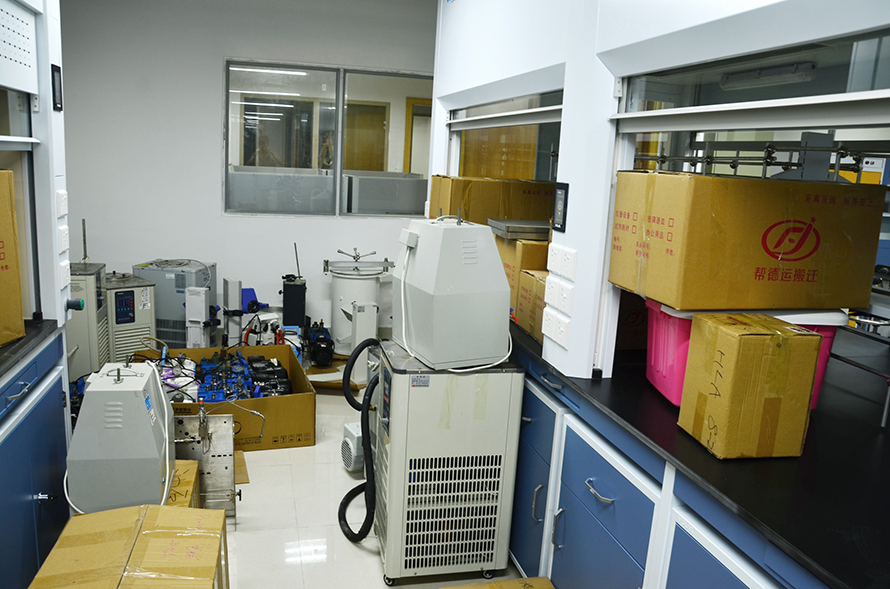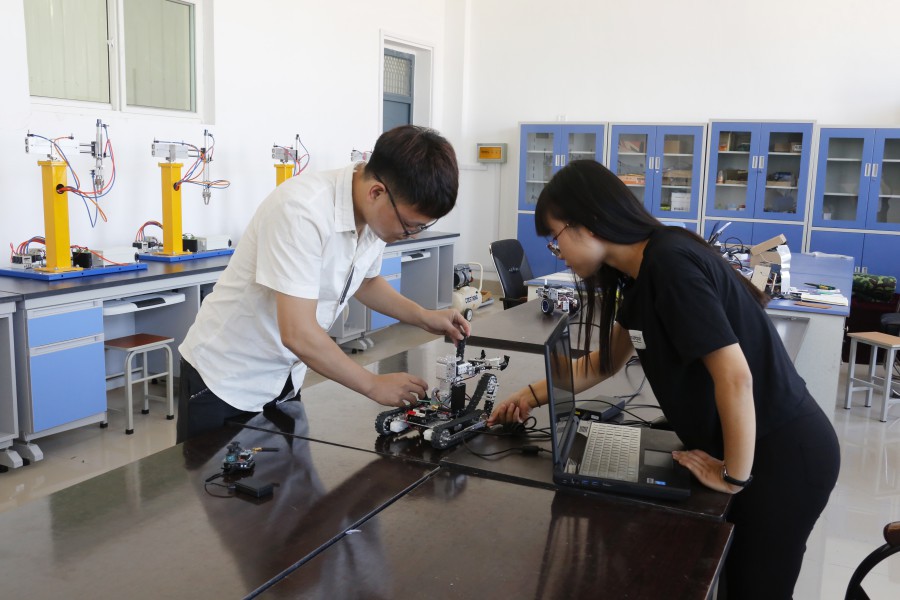Service Hotline
Calibration and synchronization methods of sensor fusion technology in instrument manufacturing ensure data accuracy
In today's rapidly developing modern technology, sensor fusion technology has been widely used in various fields, especially in instrument manufacturing, where the application of this technology has greatly improved the accuracy and reliability of data. Sensor fusion technology, by integrating data from multiple sensors, can achieve a more comprehensive and accurate perception of the environment or target. However, in order to achieve accurate fusion of sensor data, the calibration and synchronization of sensors are crucial. This article will delve into this topic to ensure the accuracy of the data.
One, the importance of sensor calibration
Sensor calibration refers to the process of adjusting the output value of the sensor through specific standard values to keep it consistent with the actual measured value. In instrument manufacturing, sensor calibration is an important means to ensure the accuracy of measurement data. Due to the influence of environmental factors, temperature changes, voltage fluctuations, etc., during the use of sensors, their output values may produce offsets or errors. Therefore, regular calibration of sensors can effectively eliminate these errors, ensuring the accuracy of the data.
use of sensors, their output values may produce offsets or errors. Therefore, regular calibration of sensors can effectively eliminate these errors, ensuring the accuracy of the data.
Two, the necessity of sensor synchronization
sensor synchronization
Sensor synchronization refers to the process of multiple sensors obtaining data at the same time point. In some cases, such as when multiple sensors work together or perform synchronized measurements, the synchronization issue becomes particularly critical. If there is a time deviation between sensors, the fused data may become chaotic, affecting the accuracy and reliability of the data. Therefore, during sensor fusion, it is necessary to ensure that the data acquisition time of each sensor is consistent to ensure the synchronization of the data.
Three, calibration and synchronization methods of sensor fusion technology
fusion technology
Calibration methods: Calibration is carried out using standard values to eliminate the deviation of the sensor output. For example, a sensor with known standard values can be used as a reference, and the output value of the sensor to be calibrated can be adjusted to make it consistent with the output value of the reference sensor. In addition, the self-calibration function of the sensor, such as zero-point calibration and full-scale calibration, can also be used to improve the calibration accuracy of the sensor.
Synchronization methods: Firstly, the sampling frequency of sensors can be adjusted to make all sensors collect data at the same time point. Secondly, timestamp technology can be adopted to add timestamps to each sensor's data to ensure the synchronization of the data. In addition, synchronization signals such as pulse signals can be used to trigger the sampling process of sensors, thus achieving data synchronization.
Error analysis: During the calibration and synchronization process of sensors, the error of sensors needs to be analyzed and evaluated to ensure the accuracy of the data. This includes analyzing the parameters such as linearity, sensitivity, and drift of sensors, as well as the mutual correlation between sensors. Through error analysis, it is possible to discover and solve potential problems, improving the accuracy of the data.
In summary, the application of sensor fusion technology in instrument manufacturing provides a guarantee for the accuracy and reliability of data. Through the calibration and synchronization of sensors, the deviation and error between sensors can be eliminated, ensuring that the fused data is accurate and error-free. In the future, with the continuous development of sensor technology, sensor fusion technology will also become more perfect, providing more accurate data support for more fields.
Copyright © 2019-2025 Instrumentation Manufacturer
Addresses: Phone number: E-Mail:

Our Businesses
